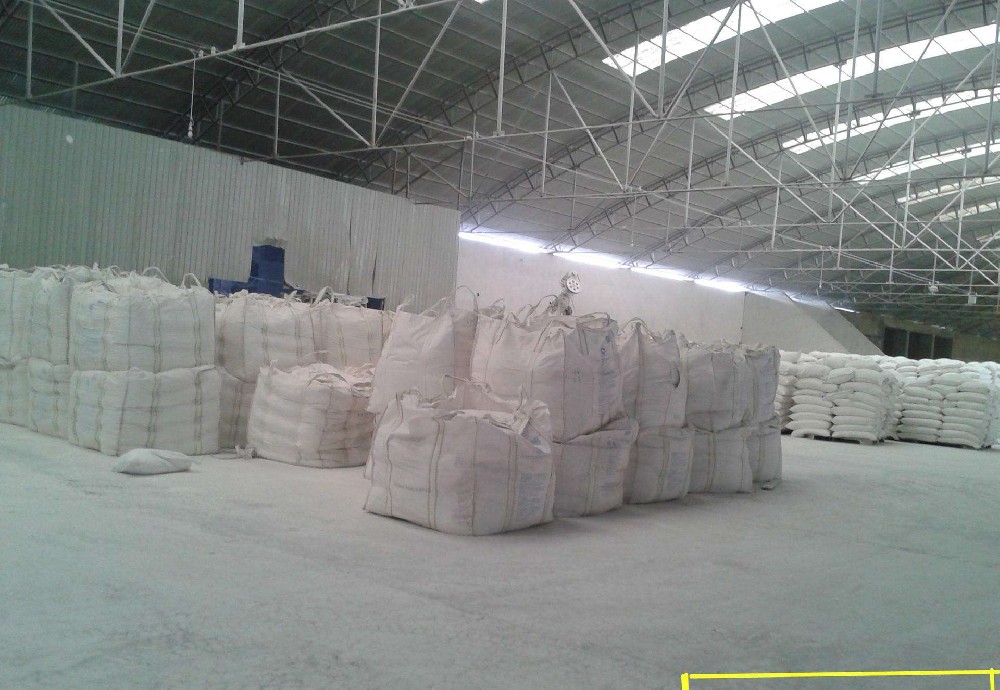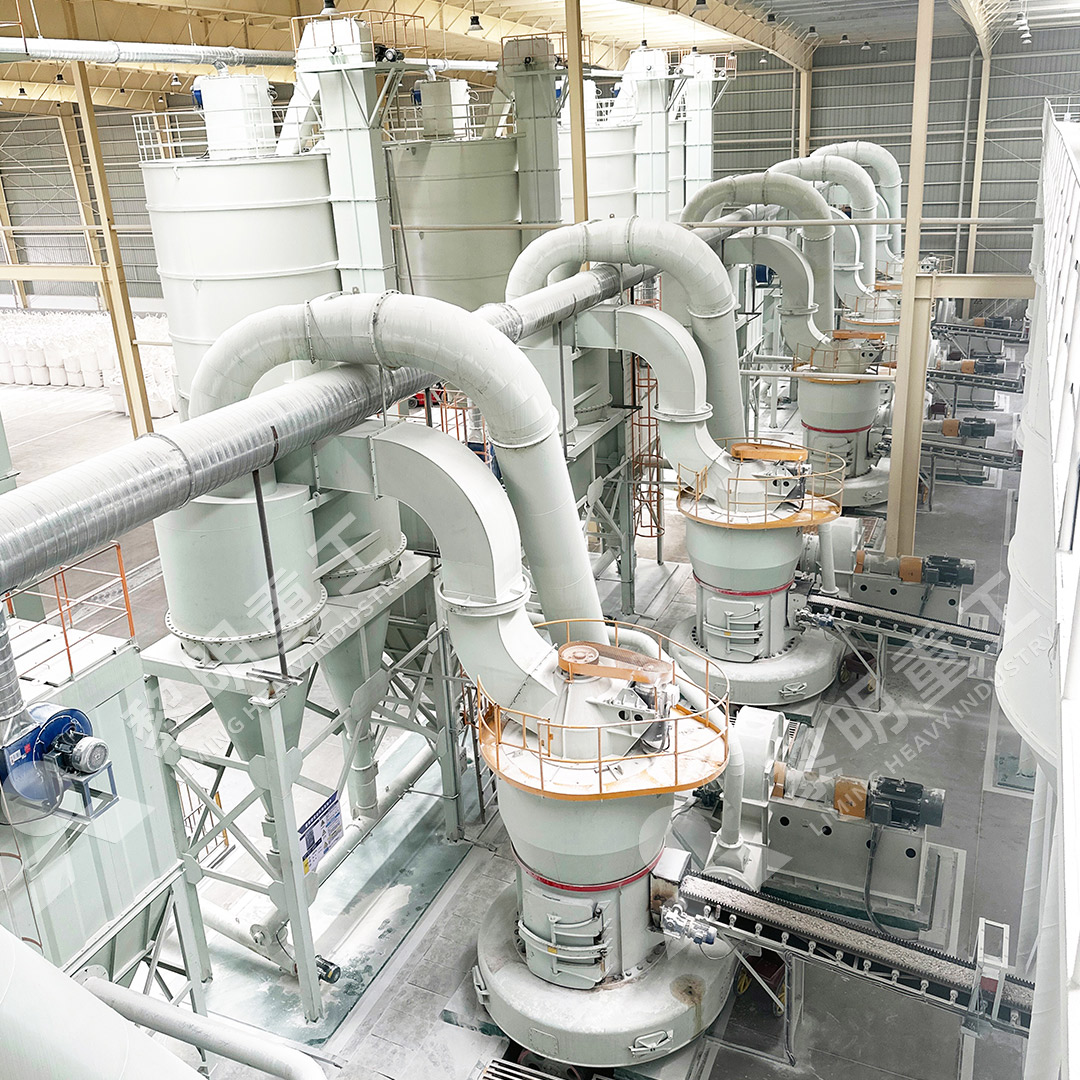Unlocking Mexico's Industrial Potential: The Right Grinding Mill for Heavy Calcium Carbonate
Mexico's rich deposits of high-purity limestone represent a significant opportunity for its industrial and export sectors. The key to capitalizing on this potential lies in the efficient processing of this raw material into heavy calcium carbonate (GCC), a versatile filler and additive. The transformation from raw rock to a precisely graded powder is the domain of a specialized piece of equipment: the heavy calcium carbonate grinding mill. Selecting the correct mill is not merely a purchase; it is a strategic decision impacting product quality, operational cost, and market competitiveness.

The Mexican market, with its diverse demands from plastics and paints in the north to construction materials in the central region, requires a nuanced approach. A one-size-fits-all solution does not exist. For producers targeting high-value industries, the Raymond Mill (Vertical Roller Mill) has been a traditional favorite. Its strength lies in processing materials to a mid-range fineness (between 80 to 400 mesh), which is suitable for many construction applications like sealants and rubber compounds. It offers a solid balance of cost and performance.
However, for those aiming to capture premium market segments—such as masterbatch manufacturers requiring ultra-fine, brilliant-white fillers or the paper industry demanding specific particle size distributions—the technological edge of the Ultra-fine Grinding Mill is undeniable. This system, often incorporating an integrated classifier, can consistently produce powders from 325 to over 2500 mesh. Its energy efficiency for high-capacity, fine-grinding operations and its closed-loop design, which minimizes dust and product loss, make it a superior long-term investment for serious players looking to meet stringent international standards.
Beyond the machine itself, success in the Mexican context hinges on a robust support system. The abrasive nature of local limestone can lead to significant wear on grinding components. A reliable supplier must offer readily available, high-wear resistant spare parts and, crucially, localized technical service. The ability to have a technician on-site quickly for maintenance or optimization can mean the difference between profitable operation and costly downtime. Furthermore, a professional supplier will conduct a thorough analysis of your raw material sample, providing a data-backed recommendation for the most suitable mill configuration to achieve your specific business goals, ensuring your investment is precisely calibrated for success.

FAQ 1: What is the primary difference between a Raymond Mill and an Ultra-fine Mill for calcium carbonate?
The core difference lies in the final product fineness and grinding mechanism. A Raymond Mill uses a vertical grinding roller and ring to crush materials, typically achieving a fineness between 80-400 mesh. It's a robust solution for standard applications. An Ultra-fine Mill, however, employs a more complex system with a grinding disc and rollers, paired with a high-precision classifier, to achieve much finer powders, ranging from 325 to 2500 mesh, which are essential for high-value industries like premium plastics and coatings.
FAQ 2: How important is the hardness and chemical composition of my Mexican limestone source?
It is critically important. The hardness (often measured on the Mohs scale) directly determines the wear rate on the mill's grinding components. Softer limestone is easier to process but may be more abrasive. The chemical composition, particularly the content of silica or other impurities, is equally vital. High silica content is highly abrasive and will accelerate wear, influencing the choice of material for the grinding rollers and liners. A pre-purchase material test is non-negotiable for selecting the right mill and wear-protection strategy.
FAQ 3: What are the key after-sales services I should demand from a supplier?
Beyond the warranty, prioritize suppliers who offer: 1) Local Spare Parts Inventory: Ensure critical wear parts like grinding rolls, rings, and classifier blades are stocked in Mexico for fast delivery. 2) On-site Technical Training: Your operators must be trained on daily operation, routine maintenance, and troubleshooting. 3) Dedicated Technical Support: Access to remote or on-site engineers for complex setup or problem-solving is essential for minimizing downtime.
FAQ 4: Can I use one mill to produce multiple grades of calcium carbonate powder for different customers?
Yes, but with limitations and planning. Modern mills, especially Raymond Mills and some Ultra-fine Mills with adjustable classifiers, are designed for some flexibility in the final product size. However, frequently changing between very coarse and very fine grades can be inefficient, requiring adjustments that lead to product waste and non-productive time. For a operation targeting two distinct markets (e.g., construction and plastics), it is often more efficient to have a dedicated production line for each or to plan batch production to minimize changeovers.





